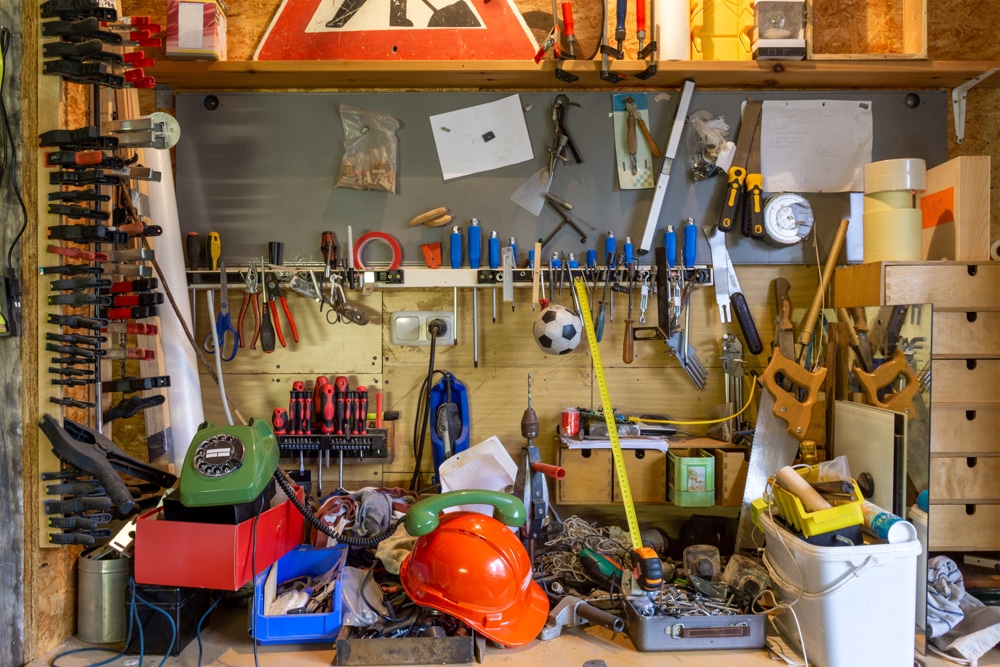Thursday, November 7, 2024
How to build a 12x16 garden shed that will stand the test of time

Alright, you're ready to build a garden shed, eh? A 12x16, no less! That's a great size, enough space for all your tools, lawnmower, maybe even a little workbench. But you want it to last, right? No flimsy plywood that'll rot in a few years. We're talking solid, stand-the-test-of-time construction. Let's get to it, because this ain't gonna be a weekend project.
Foundation First: The Unsung Hero
You can't build a house on sand, and you can't build a shed on thin air either. The foundation is the key. Forget about those pre-made concrete slabs, they're flimsy and crack. We're going with concrete piers!
1. Digging the Holes: You'll need 4-6 piers, spaced evenly around the perimeter of your shed. Use a post-hole digger, or if you're feeling ambitious, hire a small excavator. Dig each hole about 2 feet deep, and at least 18 inches wide. Don't worry about fancy concrete forms, a few pieces of scrap wood will do the trick.
2. The Bedrock: Fill the bottom 6 inches of each hole with gravel for drainage. This keeps water from pooling and messing with your foundation. A layer of compacted sand on top of the gravel will make sure the concrete sits level.
3. Concrete Time: Mix up your concrete. I'm a fan of using a pre-mixed bag, saves a lot of hassle. Pour the concrete into the holes, making sure it fills up to about 6 inches below ground level. Let it cure for at least a week, preferably two.
Framing Up: The Bones of the Shed
Now comes the fun part! You're building the skeleton of your shed. And we're going for strength here. Don't go cheap on lumber!
1. Choose Wisely: Pressure-treated lumber for the foundation sill and bottom plates is a must. It'll resist rot and bugs. For the rest of the framing, go with good quality spruce or pine. Avoid using 'stud grade' or 'select' lumber - they're too flimsy for a shed this size.
2. The Sill: Cut your pressure-treated 2x8s to the length of your shed and attach them to the concrete piers using heavy-duty lag screws. This is the base of your whole structure.
3. Up and Down: Now we're building the walls. Measure and cut your 2x4 studs to the height of your shed. Attach them to the sill using 16d nails. Make sure your walls are plumb (perfectly vertical)! Use a level and shims to adjust as you go. You'll be building two walls at a time, connecting them at the top with a header board.
4. Roof Support: The roof needs strong rafters. You'll be using 2x6s, and you'll want them spaced 16 inches apart. Measure, cut, and attach them to the wall plates with hurricane ties, making sure they're angled to the correct pitch.
Sheathing and Roofing: Protection from the Elements
Now comes the exterior skin. And we're going for durability here!
1. Sheathing: You have options here. Plywood is cheaper, but OSB (oriented strand board) is stronger and less prone to warping. Choose whichever you prefer. Attach the sheathing to the walls and roof with nails or screws.
2. The Roof: Now it's time for shingles. Asphalt shingles are the most common and affordable. Choose a good quality shingle, not the cheapest ones you can find. Use a good underlayment beneath the shingles, this will protect your roof in case of leaks.
3. Siding and Trim: Now you're ready to choose your siding. Vinyl siding is the most popular these days - it's low maintenance and looks good. Wood siding, however, will give you a more traditional look. Attach the siding to the sheathing, then install trim boards around the windows and doors.
The Finishing Touches: Doors, Windows, and More
It's getting exciting now, we're almost done!
1. Doors and Windows: Choose a good quality exterior door and install it using a sturdy frame. Consider installing a double door, which will make it easier to move larger items in and out. For windows, choose low-maintenance vinyl or aluminum windows. Don't forget the storm windows for extra protection.
2. Interior Work: Now it's time to make the interior livable (or at least functional). Use plywood or OSB for the interior walls, and choose a floor covering that can withstand the wear and tear of a workshop. Don't forget a light fixture, and maybe even some shelves!
Painting and Beyond:
Finally, you're ready for the finishing touches!
1. Paint: Choose a good quality exterior paint, preferably one that's mildew resistant. Paint the exterior of the shed, giving it a fresh look.
2. Decorating: You can add a personal touch by building a flower box underneath the windows or adding a decorative door handle.
Maintenance Tips:
Remember that your shed is an investment, and you'll want to keep it in good shape for years to come.
Annual Inspections: Every year, take a good look at your shed. Check for any signs of damage, rot, or pests.
Roofing: Inspect your roof for loose or missing shingles and replace them as needed.
Paint: Repaint your shed every few years to protect it from the elements.
A Final Note:
Building a shed is a lot of work, but it's also very rewarding. And you'll have the satisfaction of knowing you did it yourself, and that it's built to last! If you're not sure about a particular step, there are plenty of resources online and in your local library. Don't be afraid to ask for help from a friend or family member, and most importantly, have fun!
No comments:
Post a Comment
Note: Only a member of this blog may post a comment.